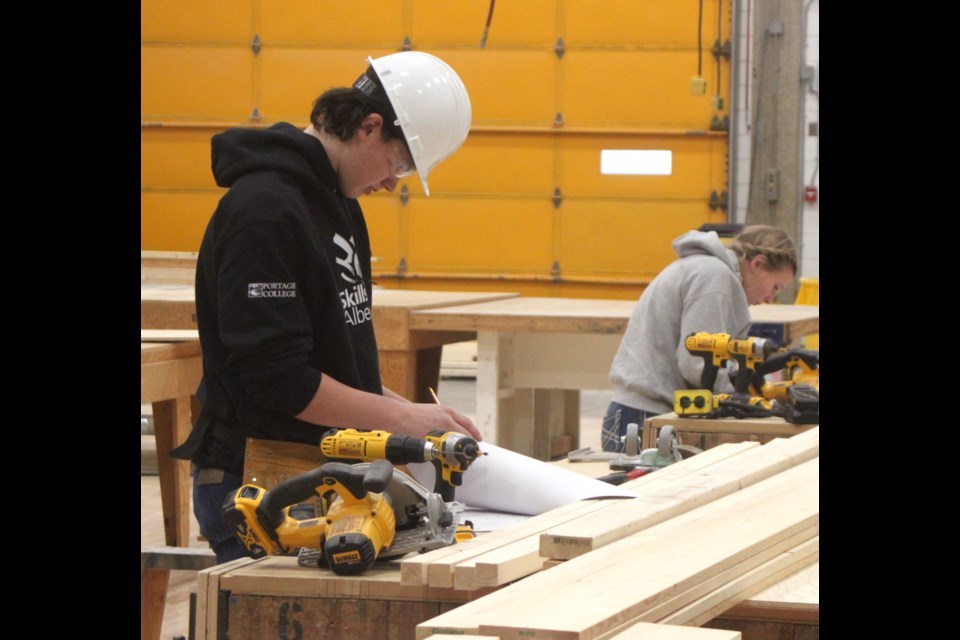I recall a warm late winter’s day nearly three decades ago when I was in my senior year at Charlottetown Rural High School. A group of Grade 12 students were given a reprieve from class to check out the career fair that was taking place in the school gymnasium.
The career expo featured plenty of prospective career paths for high school seniors to choose from after graduating, with many of those jobs involving going to college or university. Sadly, there wasn’t a great amount of emphasis placed on us about going into skilled trades.
Now, more than at any other time in Canadian history, skilled tradespeople are needed. According to data from Statistics Canada, as of 2023, 245,100 construction workers are expected to retire by 2032, creating a shortfall of just over 61,400 workers.
There is a growing housing crisis in this country, along with the need to build more homes for Canadians. In turn, that means plenty of carpenters, electricians, plumbers, roofers, and heating and ventilation (HVAC) specialists are needed to get the work done.
Where will all these workers come from if a sufficient number of people don’t pursue a career in trades to replace those who will be retiring over the next few years?
While attending university to become a lawyer, teacher, doctor, accountant, or other professional is important, youth who don’t feel inclined to take that route, and who find themselves with the ability to work with their hands, should definitely consider entering the skilled trades.
I have many friends and acquaintances who have rewarding careers as tradespeople and also make a very good living doing a job they enjoy.
When it comes to education, and preparing our youth for the future, we need to talk more about the trades, and how vital they are to keeping our society going. All too often, a career in a skilled trade is seen as a last resort, when it should be a first choice.


